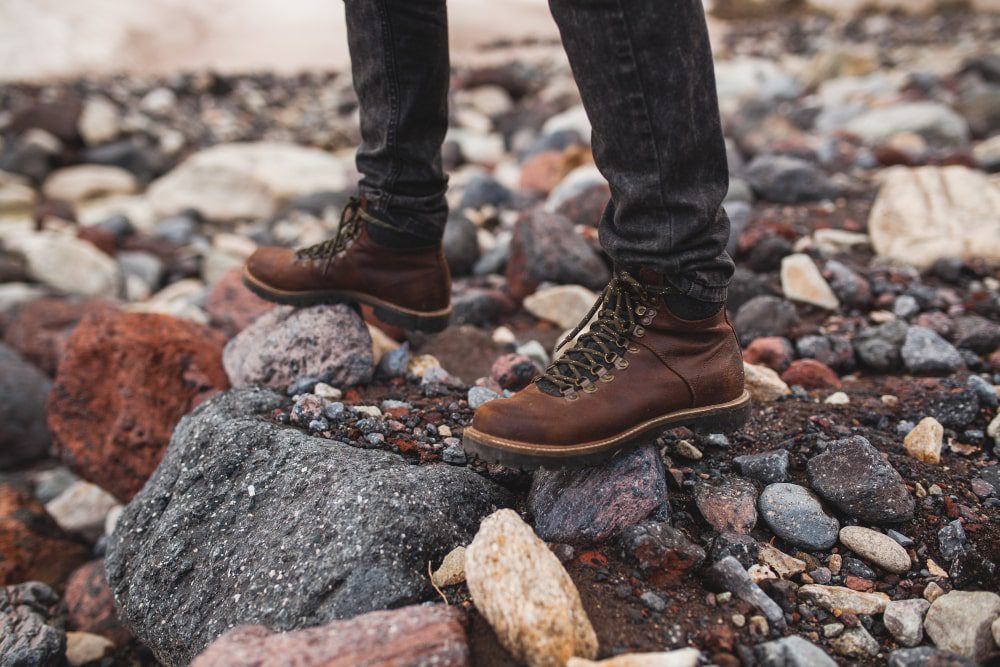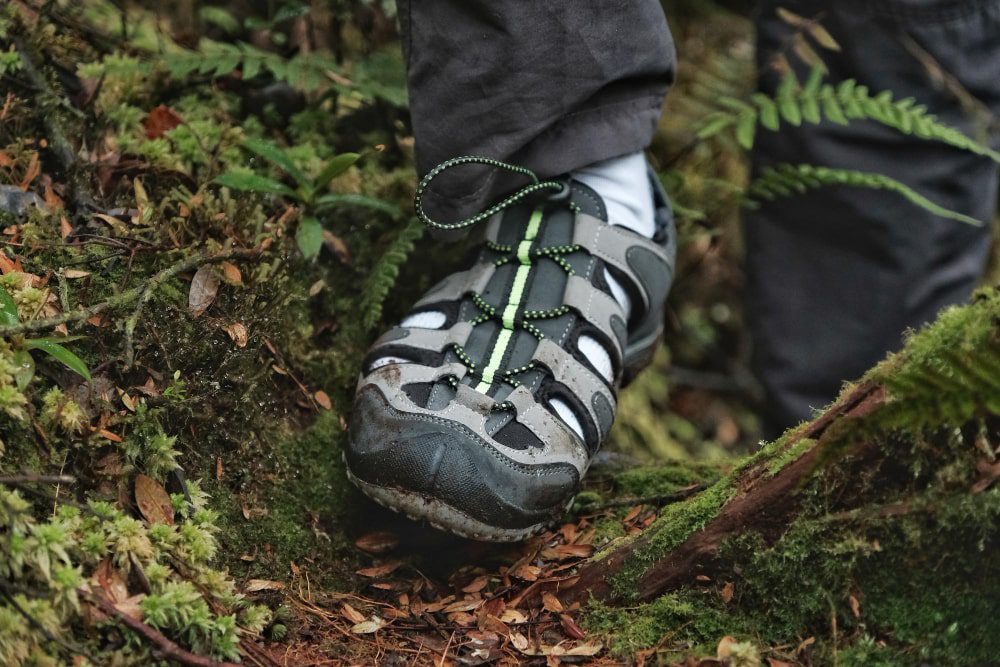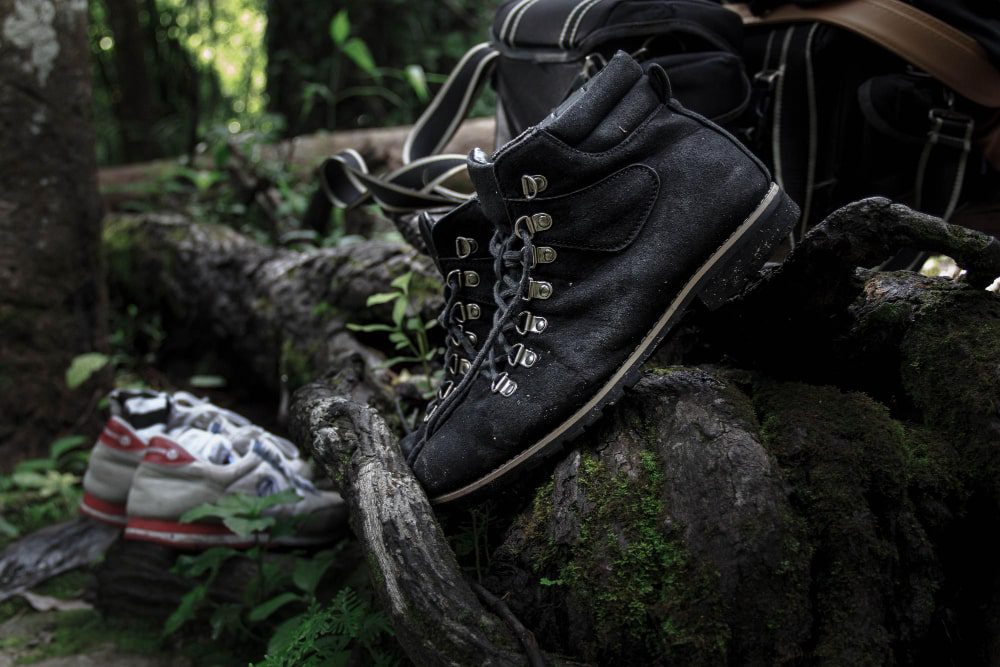Table of Contents Show
✍️ AI is summarizing:
Choosing the right footwear can make or break your outdoor adventure. While traditional hiking boots have long been considered the gold standard for trekking, many modern hikers are turning to a more versatile and lightweight hiking boots alternative: trail runners. In this article, we’ll explore why trail runners are becoming the go-to choice for outdoor enthusiasts seeking comfort, performance, and freedom on the trails.
Related post:
- 4 Proven Strategies to Accelerate Leg Muscle Growth and Strength
- Beyond the Screen: Finding Peace with Mindfulness Meditation
- 4 Tips for Older Runners to Stay Safe, Happy, and on the Move
The shift from boots to a better hiking boots alternative

For years, traditional hiking boots have dominated the trails, but a better hiking boots alternative is emerging—trail runners. If you’ve ever suffered from heavy, blister-prone boots, this modern footwear might just change your hiking game forever.
Why trail runners make the perfect hiking boots alternative

Trail runners are designed to bridge the gap between traditional hiking boots and running shoes. As a hiking boots alternative, they offer the durability and support needed for rugged terrain while remaining lightweight, which helps reduce fatigue over long distances.
One of the standout features of trail runners is their flexible soles, allowing for better navigation on uneven surfaces. This flexibility is essential when you’re maneuvering through rocky paths or steep inclines—something that makes them a preferred alternative to hiking boots for many hikers.
Comfort, breathability, and quick-dry features

One of the significant advantages of trail runners is comfort. Unlike traditional hiking boots that often require a lengthy break-in period, many trail running shoes are comfortable right out of the box.This means you can hit the trails without worrying about developing blisters or sore spots on your feet.
Another critical aspect to consider is the material. Trail runners typically feature quick-drying and water-resistant mesh, which helps keep your feet dry and comfortable throughout your hike. As a reliable hiking boots alternative, this design allows sweat to evaporate quickly, reducing odour and enhancing overall comfort during longer excursions.
Grip, traction, and protection you can trust

Moreover, trail running shoes come equipped with aggressive tread patterns that provide superior grip on loose dirt, rocks, and mud. This gives them a distinct advantage as a hiking boots alternative, especially in unpredictable terrain.
Unlike standard sneakers, which are often designed for pavement and have minimal traction, trail runners are built for the great outdoors. They also feature firmer midsoles that offer stability on uneven terrain, along with rock plates that protect your feet from sharp objects—making them not just an alternative but an upgrade from traditional hiking boots in many scenarios.
When to choose trail runners over traditional boots

While trail runners are fantastic for most hiking situations, there are still occasions where traditional hiking boots may be more suitable. If you’re planning a trip that involves carrying heavy backpacking loads or if you expect to encounter muddy, rainy, or snowy conditions, hiking boots can provide the ankle support and stability needed for such challenges. They also offer toe protection and stiffer soles for rocky trails—something that a hiking boots alternative may not always match.
That said, for day hikes or ultralight backpacking trips, trail runners are often the better hiking boots alternative. Their lightweight construction makes them ideal for warm climates or long-distance treks where speed and efficiency matter. Whether you’re exploring the hot trails of Arizona or the rocky paths of Maine, you’ll likely find that trail runners enhance your outdoor experience.
Conclusion
In conclusion, while hiking boots have their place, the benefits of trail runners—comfort, flexibility, lightweight design, and superior grip—make them a compelling hiking boots alternative for modern adventurers. As more hikers discover the advantages of this footwear, it’s clear that trail runners are not just a trend; they’re a smart choice for those looking to enjoy the beauty of nature without the discomfort associated with traditional hiking boots. Follow ExoTrails on Facebook for your daily dose of travel inspiration and tips.












